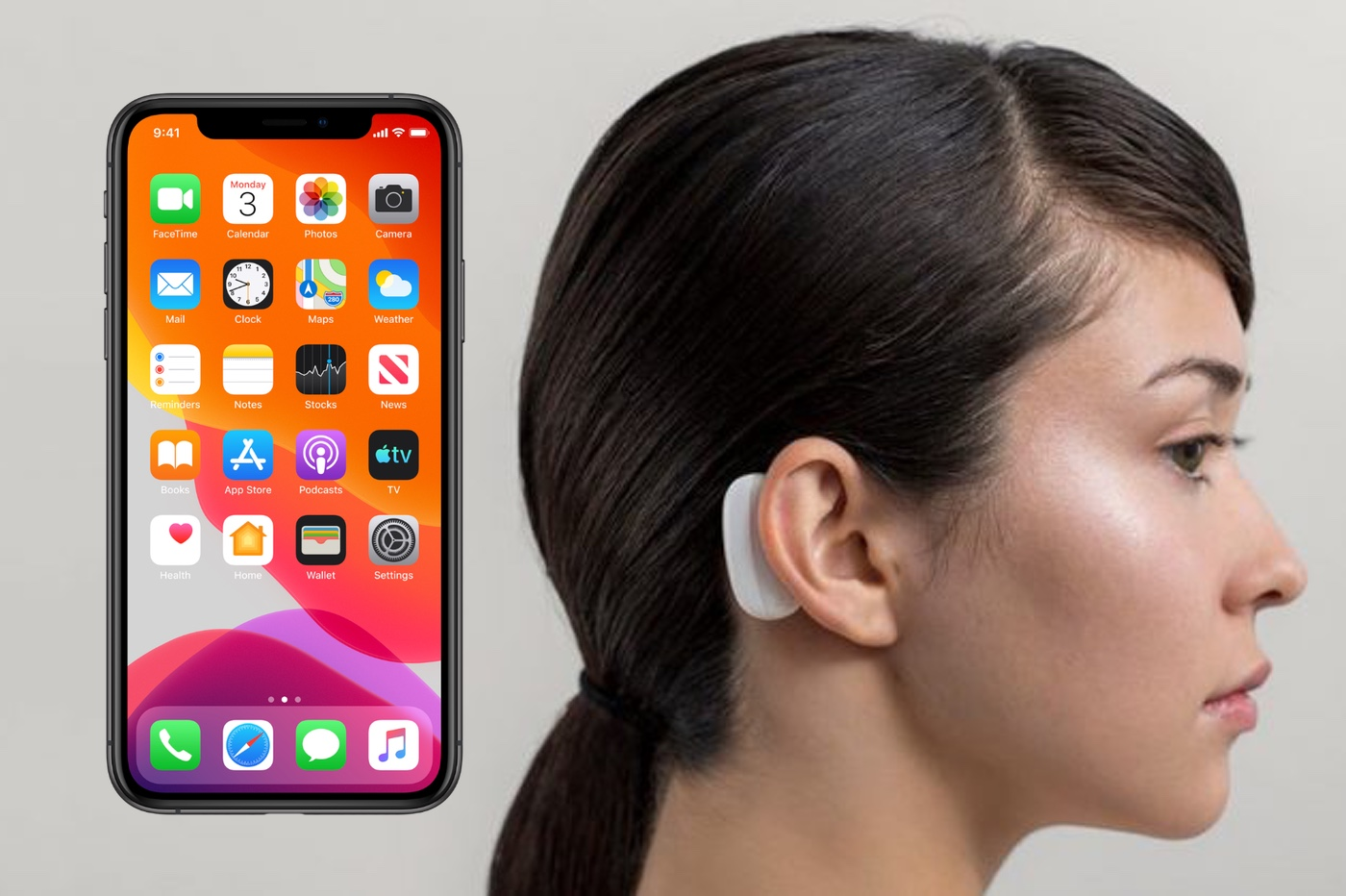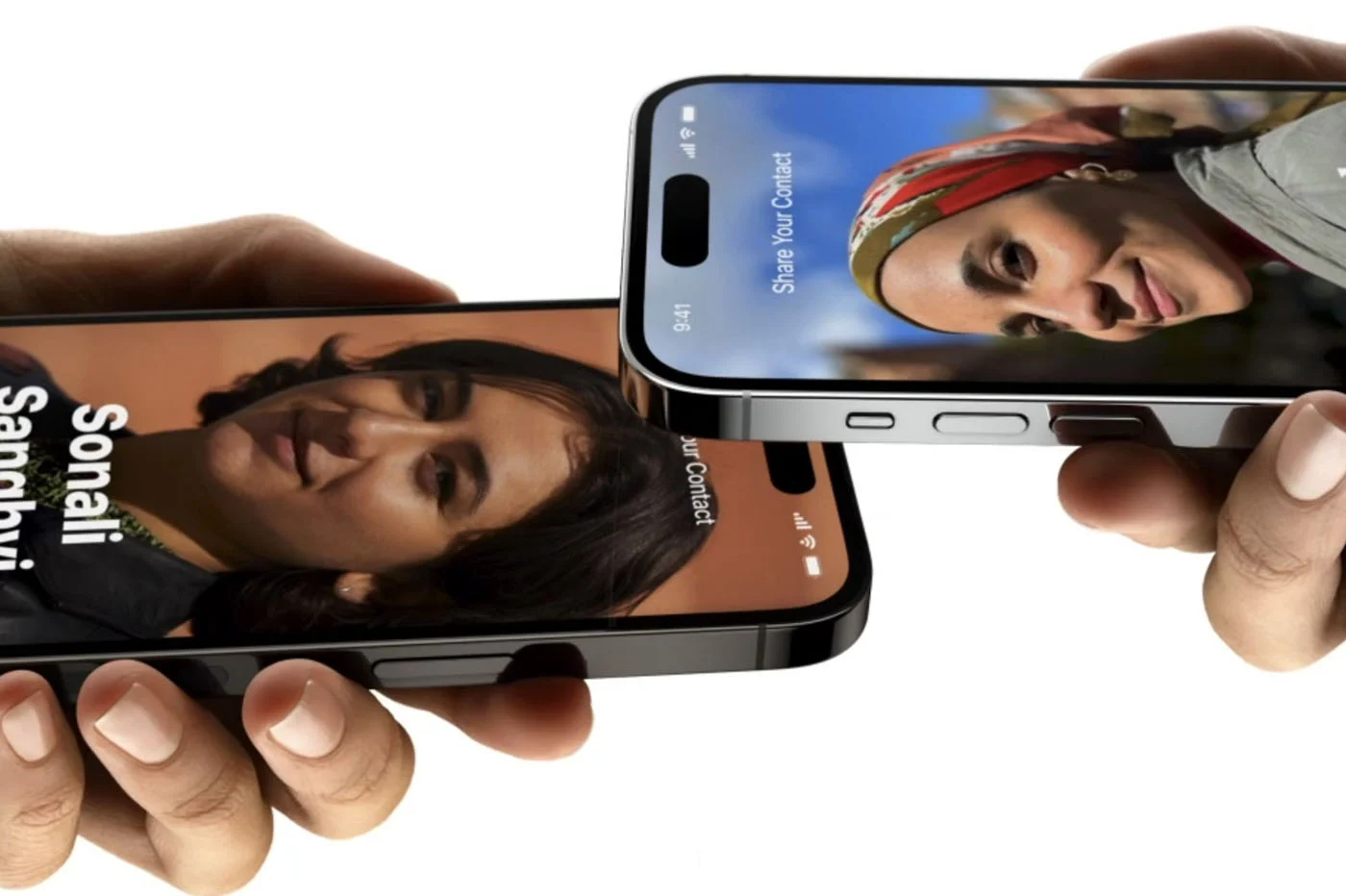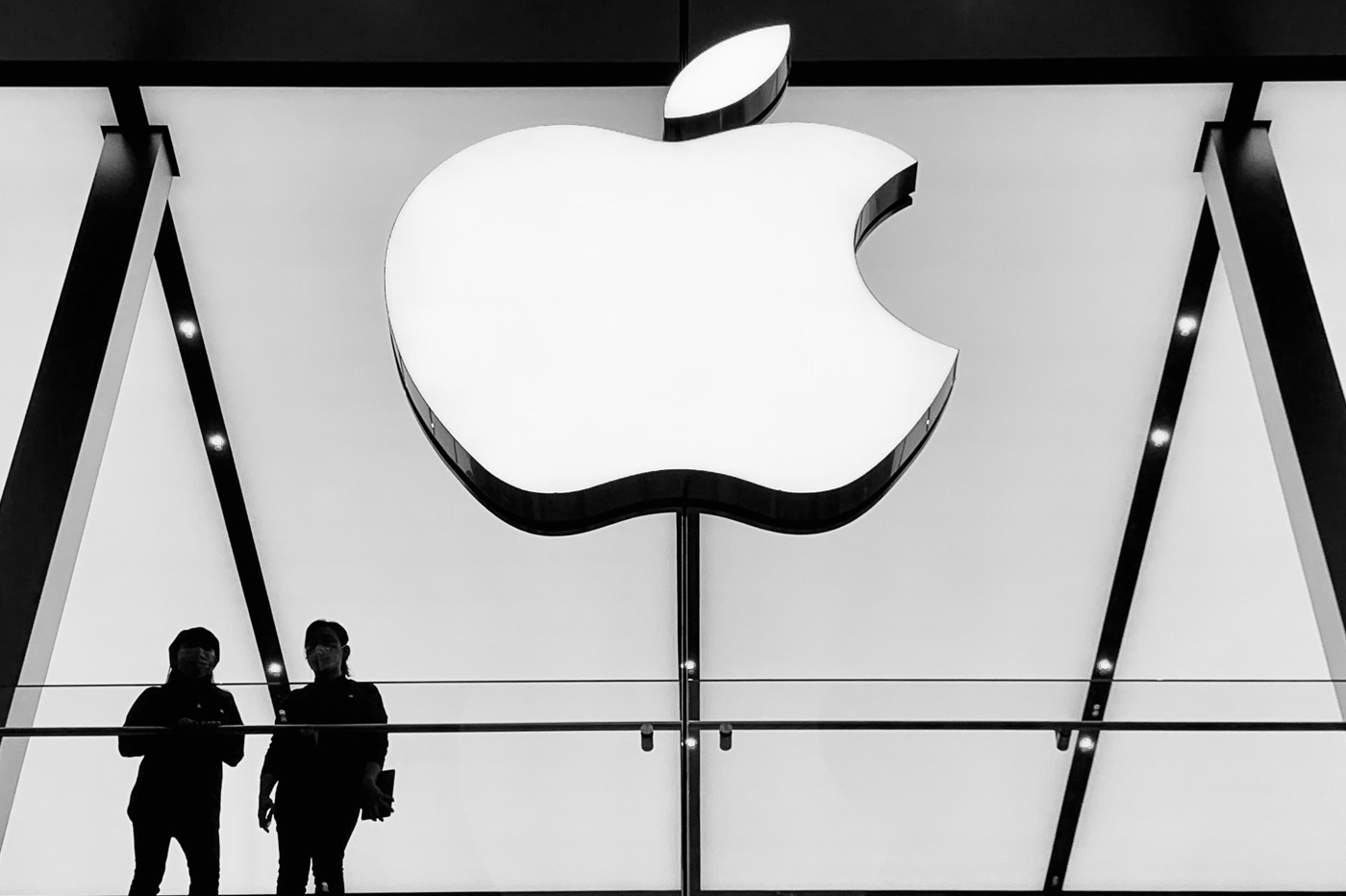 Like its predecessors, the iPhone 5s
Like its predecessors, the iPhone 5s
embeds several sensors such as the gyroscope, the accelerometer and the
compass.
Since its release, we can read here and there that certain users ofiPhone 5sencounter some problems
with these sensors which would not always be accurate. With this
observation, the Gizmodo site carried out some experiments. Here are the
results obtained:
At the level
New with iOS 7, the iPhone integrates a spirit level into the app
compass. To test the effectiveness, nothing could be simpler than taking out a good
old spirit level. This is what Gizmodo did and the result does not seem
always reliable on the model tested.

With the iPhone 5s, Gizmodo notes on average a difference of 2 to 3° while
the iPhone 5, for its part, takes better measurements. So it's the material
which is in question.
Further testing with other level applications yielded noticeably
the same results.
A crooked gyroscope
The website continued its tests with the examination of the Giroscope which seems
he is also wobbly. Here too, the iPhone 5s and iPhone 5 show slight
differences.
Here again, this may seem trivial, but a crooked gyroscope will
particularly annoying for Real Racing type games in which the iPhone
5s laid flat the car goes sideways.

The iPhone 5s has lost its compass?
Compass tests don't seem much more accurate and the iPhone 5
and 5S seem to show a difference of 8° all the time. When we
compares iPhone measurement to that of a real compass, once again
The iPhone 5 is doing the best.

Here again, nothing to worry about when it comes to GPS guidance or anything else,
but it is better to equip yourself with a real compass, if you plan to leave
go orienteering in the woods…
So what?
On the accelerometer side, Gizmodo has not obtained convincing results even if a
slight difference between the two models was noted. At any rate
we are right to wonder where this problem comes from.
Even if I mentioned a hardware problem above, reading some
sites likethe oneleave alone
also think about some software issues. In short, there are pros and cons
against in both camps.
The problem seems to be quite widespread, but affects machines in many ways.
different. If everyone observed the same difference then it would have been
easy to blame iOS 7, but here it seems more like a problem
calibration at the source, i.e. in the factory.
If this is the case, Apple will probably change its procedure
manufacturing, but what about the models already in circulation? We can imagine
a software fix that would minimize the impact of all this, as it
seems implausible that Apple would swap all of these models.
For your part, have you noticed anything on your new iPhone
5s? In what situation?

i-nfo.fr - Official iPhon.fr app
By : Keleops AG






